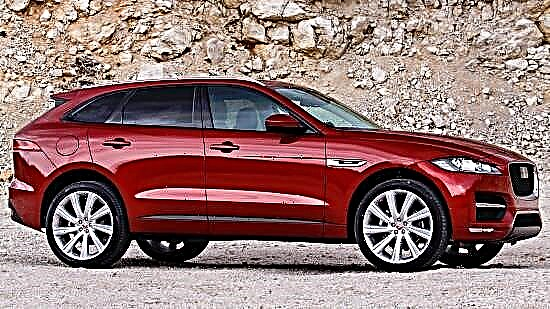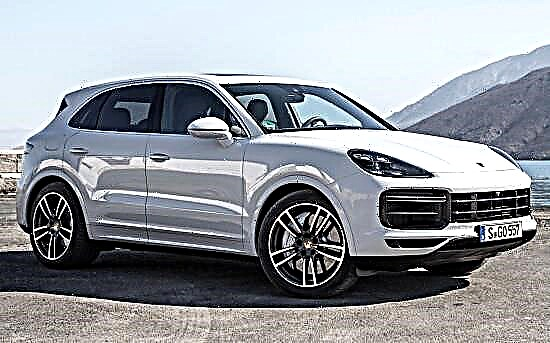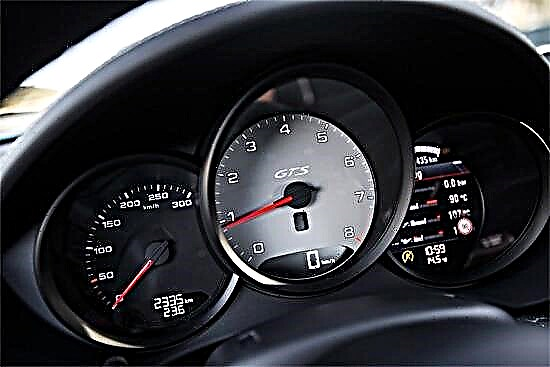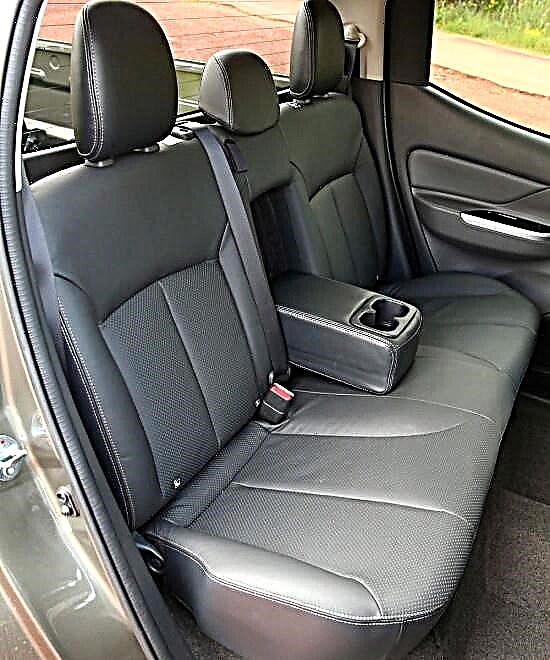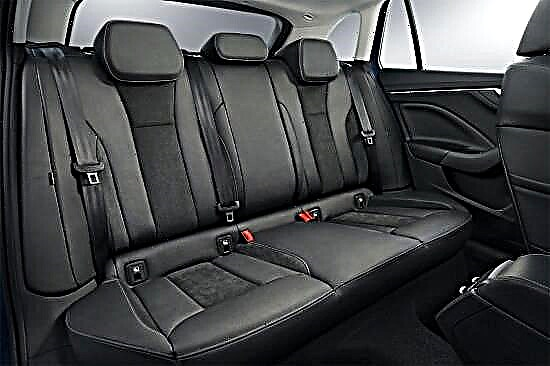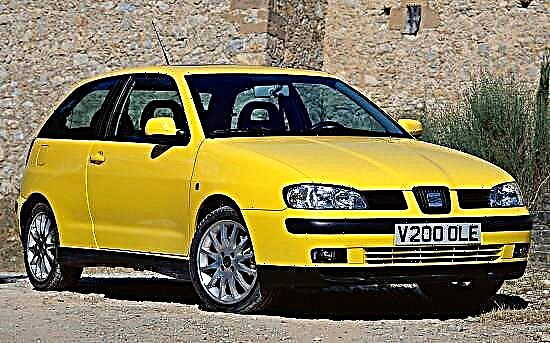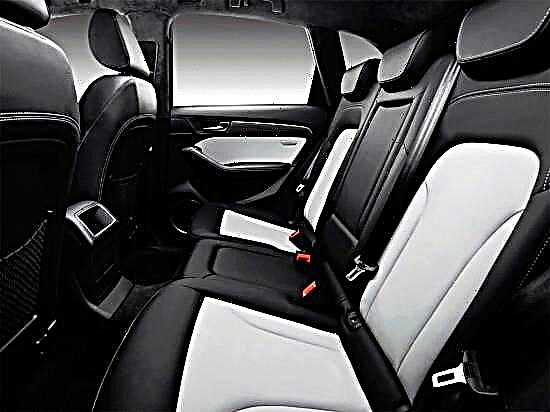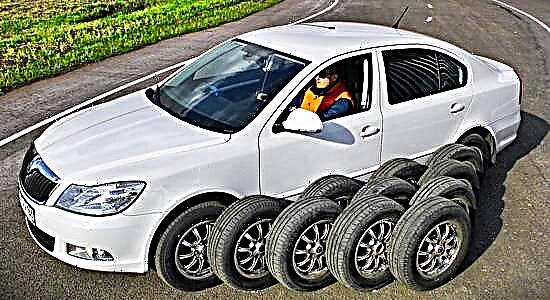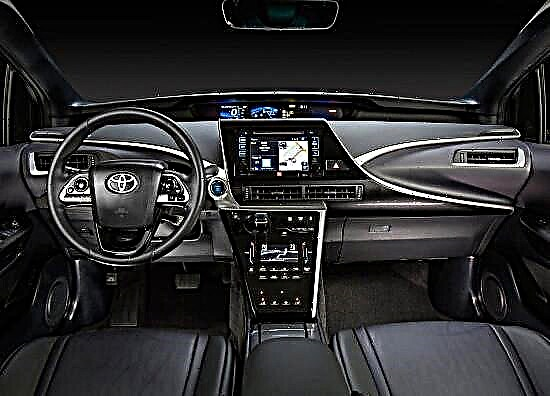In November 2014, Toyota presented to the public the world's first production car running on hydrogen, which was named Mirai, which is translated from Japanese as “the future”. The three-box vehicle became the commercial embodiment of the FCV Concept concept model, presented at the 2013 Tokyo Motor Show, and its sales on the home market started in December 2014.
Hydrogen "Mirai" has a fanciful and futuristic appearance that makes it unusual. That only there is a spectacular front end, crowned with narrow head optics and a huge bumper, a large area of which is occupied by air intakes.

The silhouette of the four-door looks moderately dynamic due to the falling contours of the roof with the strut heavily heaped forward and embossed stampings, however, the small wheels are somewhat discordant with the general proportions. The stern is decorated in an original way, but it is perceived as heavy because of the large triangular lights and a massive trunk lid.

The overall dimensions of the Toyota Mirai are comparable to the Camry - a representative of the E-class: 4890 mm in length, 1535 mm in height and 1815 mm in width. The distance between the axles of the car fits into 2780 mm, and the ground clearance in the curb condition does not exceed 130 mm.
Interior

The interior of the "hydrogen car" looks no less original than the exterior. A stylish steering wheel with a three-spoke design and control buttons settled in front of the driver, but the instrument cluster, represented by a colored 4.2-inch display, is located in the center of the front panel, under the windshield itself. On a modern dashboard, there is a 9-inch multimedia center screen, and below it is a touch panel that controls the control of a two-zone climate system, an audio system and other auxiliary functions.

At the front, the Mirai has wide armchairs with an anatomical profile, unobtrusive side support and a lot of electrical adjustments.

The rear sofa with a powerful armrest in the center is formatted for two people, and a large supply of space on all fronts allows riders of any size to comfortably accommodate.
For the transportation of luggage, the "hydrogen sedan" has a cargo compartment with a volume of 361 liters.
Specifications
If we talk about technology, then the main feature of the Toyota Mirai is the new technology TFCS (Toyota Fuel Cell System). The system uses hydrogen as fuel, which is converted into electrical energy through a 114 kW Toyota FC Stack fuel cell. From there, energy is sent to the FC Boost Converter, which raises the voltage to 650 volts. The last link in the system is a synchronous AC electric motor that generates 154 horsepower (113 kW) and 335 Nm of maximum torque, and is complemented by a nickel-metal hydride battery that collects recuperative energy, and a pair of hydrogen storage tanks (60 liters in front, and at the back - 62.4 liters).

Saturation with modern equipment has brought the curb weight of Mirai to 1850 kg, but this does not prevent it from developing the "first hundred" in 9 seconds and 175 km / h of maximum capabilities. Complete filling of hydrogen tanks at specialized filling stations takes only 3 minutes.
The total cruising range reaches approximately 480 kilometers, while only water is emitted into the atmosphere.
Design features
An independent multi-link suspension is mounted on the front axle of the Toyota Mirai, and a semi-independent structure with a torsion beam is mounted on the rear. An electric amplifier is implanted into the steering system, and the brake package is formed by disc mechanisms of all wheels (on the front - with ventilation) with energy recovery technology.
The appearance of a "hydrogen car" in Russia is not worth waiting for - the infrastructure does not dispose to it. In Japan, sales of the Toyota Mirai began in December 2014 at a price of 6.7 million yen; in the US market, the car went on sale by mid-2015, where it was asked for a minimum of $ 57,500. Later, this three-volume machine began expanding into European markets - starting with Germany, Denmark and the UK, where it is offered at a price of 78,540 euros.

